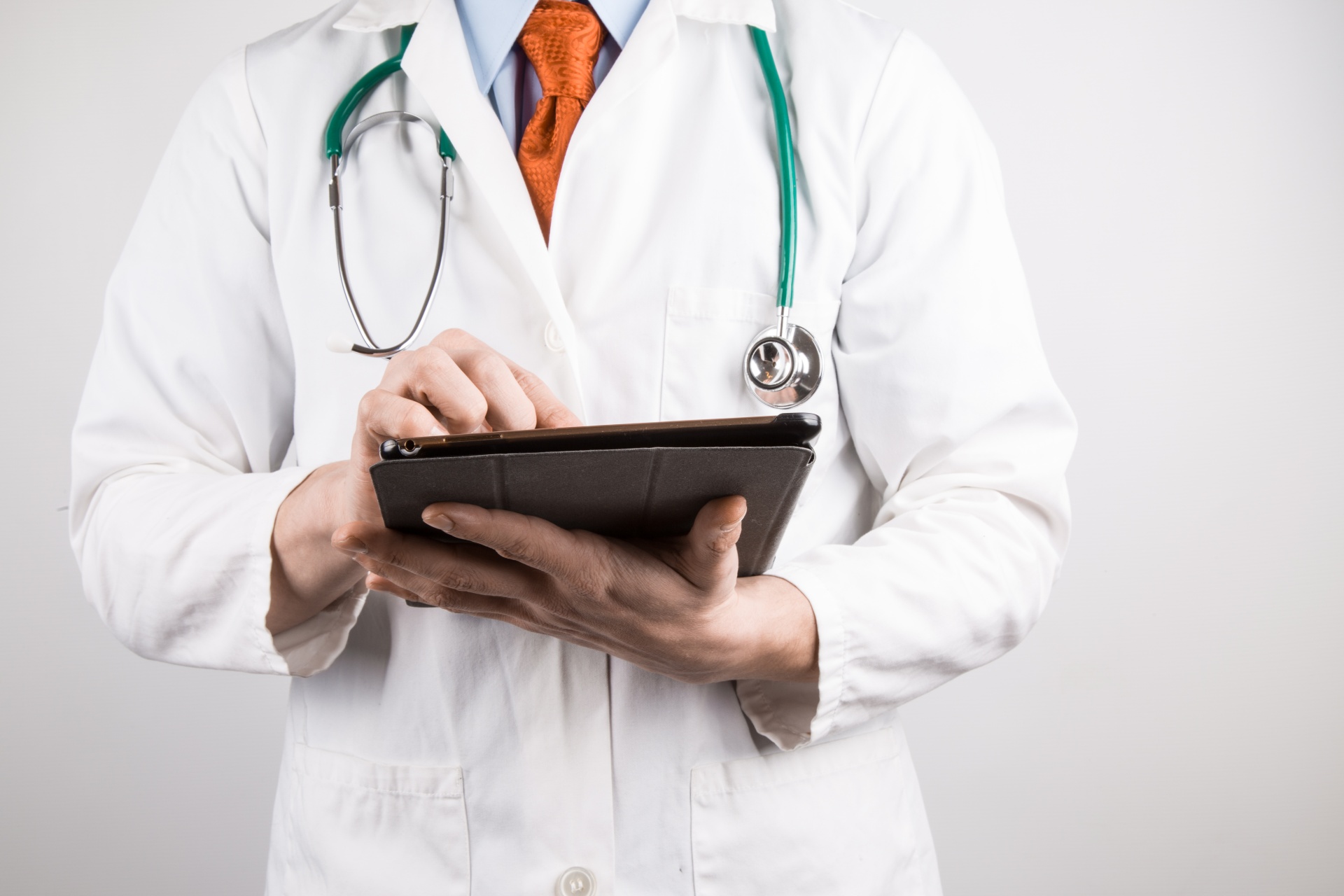The convergence of technology and healthcare has been rapidly advancing over the last five years. While the possibilities are amazing, one could lose sight of the human patient in the midst of advances. Doctors are facing this challenge of keeping care front and central even in the midst of new advances.
As Dr. Paul A. Heineken trains young physicians, he reminds them that patient care is fundamental, and the doctors eyes and ears are vital. Reporting for the New York Times, Katie Hafner introduces Dr. Heineken at the San Francisco V.A. Medical Center where he leads a group of trainees on daily rounds.[1] Kneeling beside the bed of an ailing patient, Dr. Heineken paused to look his patients, touch his wrist, listen to his heart. Then he told the trainees to follow suit.
While technology is vital and has played a dramatic role in restoring patients to health. Dr. Heineken reminds colleagues and trainees alike that technology must assist in caring for the person and not distract from the person. The idea of a physician turning away from the patient to try and figure the computer or other device is problematic. Heineken is known to turn the monitor toward his patient and discuss what’s on-screen.
With this sense of humanizing healthcare through technology, here are several recent ways medical practitioners are doing to help patients.
Confirming Treatment – Dr. Alvin Rajkomar was caring for an elderly patient suffering from low sodium. Treatment needed caution because the speed or amount of saline infusion could put the patient at risk. Rajkomar consulted MedCalc on his iPhone and found vital information that help him make a decision.
Monitoring Care – While hospitals have been using monitoring devices to check on patients at home, hospitals are also starting to using monitoring within the hospital to improve caregiving or provide secondary monitoring. In a recent column, Shahid talks about how some hospitals monitor operating rooms to help assist the physicians and anesthesiologists caring for patients. Anesthesia information is beamed to a central location (inside the hospital or beyond) where multiple operated rooms can monitored by expert support.[2]
Expert Advice – Patients can enjoy access to expert advice even if the expert is not available locally. Shahid discusses how tele-radiology opens the possibility to transmit medical images (X-rays, CT or MRI scans) to experts in other locations, other cities or even other countries. Patients can have access to much needed advice.
Home Care – There is a trend for doctors to play a closer role with patients outside of the office. More and more doctors have begun contacting the patient at home via email and phone calls, and some doctors have even returned to house calls. Shahid challenges those in the medical profession to begin using the tools at hand (such as fax, phone, or email) to begin develop a culture of greater interaction with patients, so that patients can play a greater role in their own treatment regimen.
The challenge for increasing patient care or patient support includes the challenges of billing and fees for these alternative forms contact. Shahid suggests,
“What directly will affect telehealth is that almost everything is moving towards a shared savings and outcomes driven cost model. That means care giving is moving from a “fee for service” model in which care providers are paid for in-person visits to an outcome driven care model. In this model, the fees for the visits would be smaller but there is a bigger payback available if care providers actually change the outcomes of their patients.”
[1] Katie Hafner. “Redefining Medicine With Apps and iPads.” New York Times, October 8 2012.
[2] Shahid. “Essentials of telehealth and telemedicine, top Do’s and Don’ts, mHealth and other health IT advice.” The Healthcare IT Guy, October 11, 2012.





